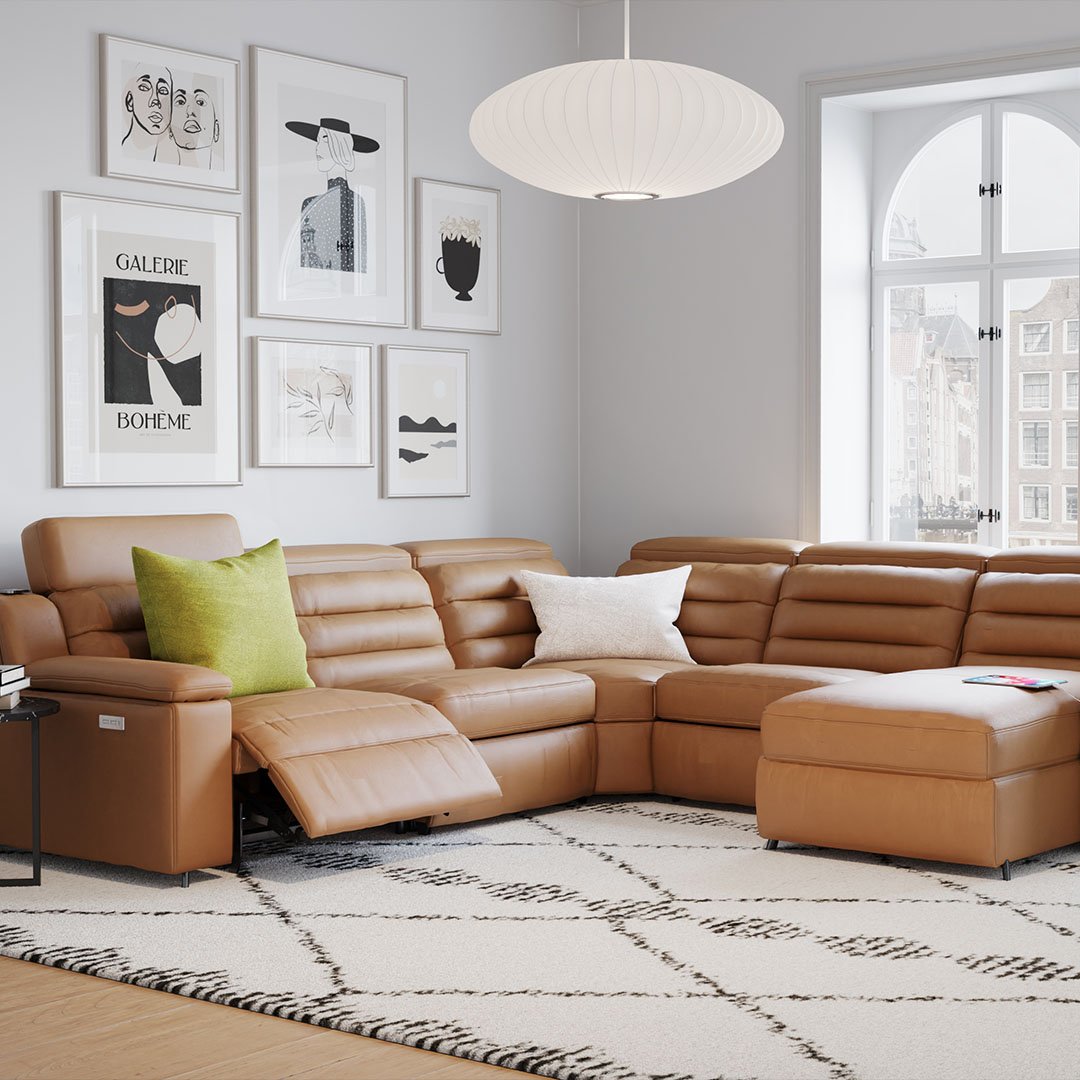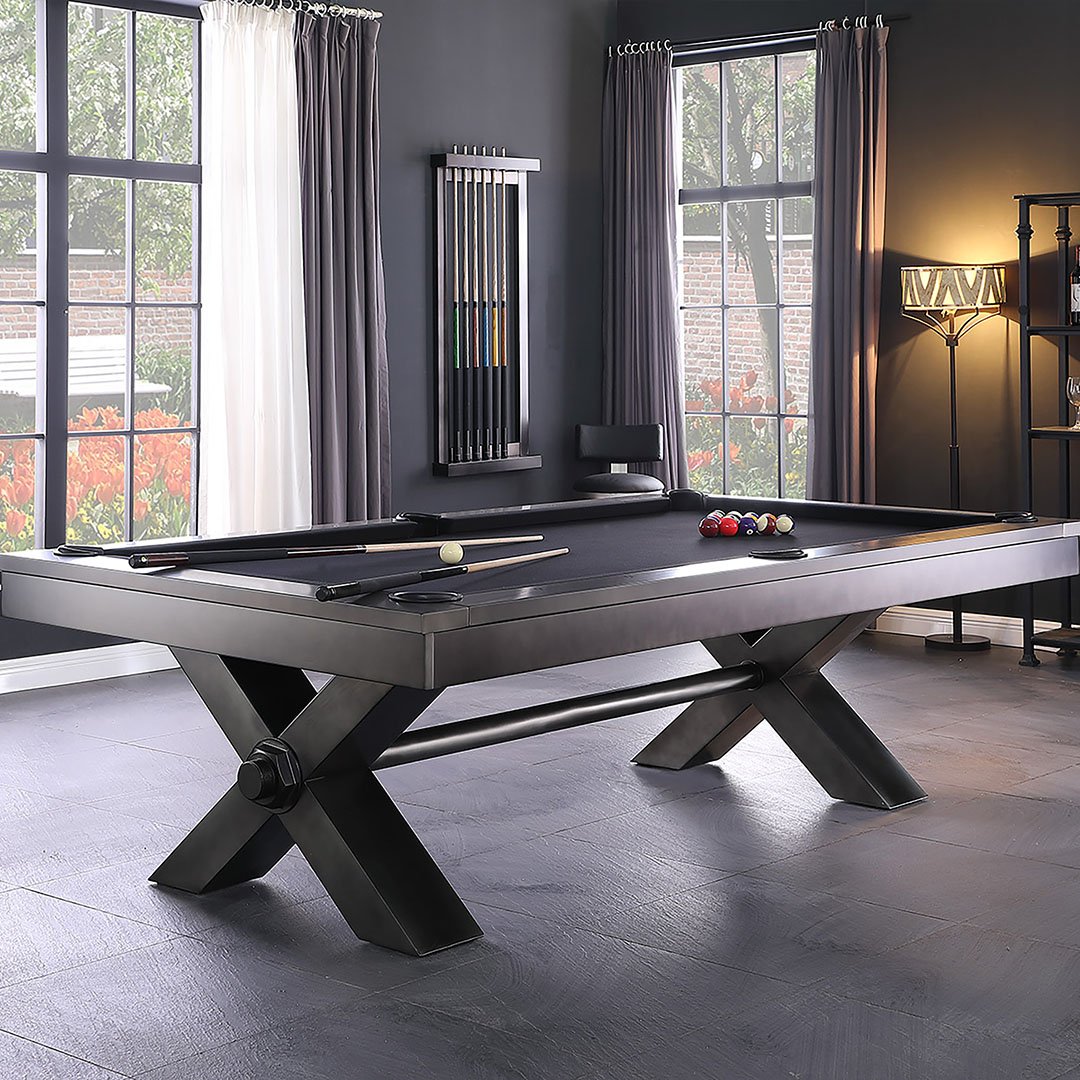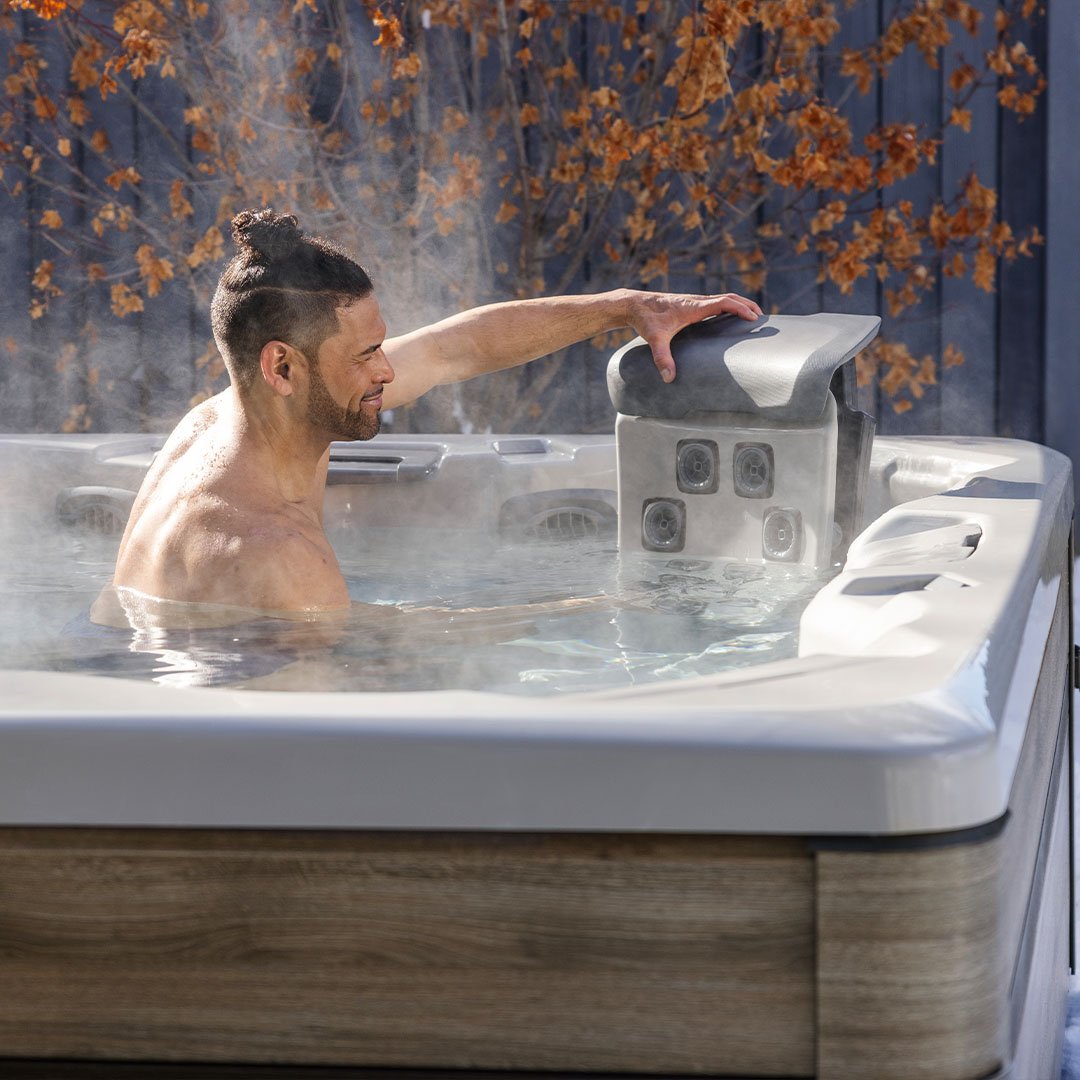Best Practices for Storing Outdoor Furniture: Comprehensive Guide
When the seasons change and the weather turns harsh, it's crucial to protect your outdoor furniture. Proper storage can significantly extend the lifespan of your patio sets, loungers, and other outdoor pieces, ensuring they stay in great condition for years to come. Here are some best practices for storing outdoor furniture effectively.
Clean Thoroughly Before Storing
Before putting away your outdoor furniture, clean each piece thoroughly. Dirt, mold, and mildew can cause damage over time, so it's essential to remove them before storage.
- Plastic Furniture: Use a mixture of mild soap and water to clean plastic furniture. Avoid abrasive cleaners that can scratch the surface.
- Metal Furniture: Wipe down with a damp cloth and a mild detergent. Ensure all metal pieces are dry to prevent rust.
- Wood Furniture: Use a soft brush and mild soapy water. Rinse thoroughly and let it dry completely to prevent mold growth.
- Fabric Cushions: Follow the manufacturer's cleaning instructions. Typically, you can use a mixture of water and mild detergent, then air dry completely.

Protect with Covers
Invest in high-quality furniture covers that are waterproof and UV-resistant. These covers provide a protective layer against rain, snow, and sunlight, preventing damage from the elements.
- Tip: Ensure covers are breathable to avoid moisture buildup, which can lead to mold and mildew.
Store in a Dry, Cool Place
If possible, store your outdoor furniture in a garage, shed, or basement. Keeping furniture in a dry, cool place protects it from extreme temperature fluctuations and moisture.
- Stack or Fold: If space is limited, stack chairs and foldable items neatly. Use furniture racks or shelves to organize and maximize storage space.
Use a Protective Sealant
Applying a protective sealant can help extend the life of your furniture, particularly for wood and metal pieces.
- Wood Furniture: Use a weather-resistant sealant or oil to protect against moisture and UV rays.
- Metal Furniture: Apply a rust-resistant primer and paint to prevent corrosion.
Disassemble When Possible
Disassembling furniture can save space and make storage more manageable. Keep screws, bolts, and small parts in labeled bags to ensure easy reassembly.
- Tip: Take photos of the assembly process for reference when putting everything back together.
Elevate Off the Ground
Keep furniture elevated off the ground to prevent moisture damage, especially in areas prone to flooding or dampness.
- Pallets or Blocks: Use wooden pallets or concrete blocks to lift furniture off the ground.
Check Regularly
Periodically check on your stored furniture throughout the off-season. Ensure covers are intact, and there are no signs of moisture or pest infestation.
Further Reading on Outdoor Furniture Care
For more comprehensive tips on maintaining your outdoor furniture year-round, be sure to check out our detailed guide on how to clean and maintain outdoor furniture. Proper maintenance is key to enjoying your outdoor spaces to the fullest, and our guide offers step-by-step instructions to keep your furniture looking its best, no matter the season.
Frequently Asked Questions
How often should I clean my outdoor furniture before storing it?
Ideally, you should clean your outdoor furniture at the end of each season before storing it. Regular maintenance throughout the season can also help keep it in good condition.
Can I store outdoor furniture outside if I don't have indoor storage space?
Yes, you can store outdoor furniture outside, but it's crucial to use high-quality, weatherproof covers and ensure the furniture is elevated off the ground to protect it from moisture.
Topics: Outdoor and Patio - Furniture












